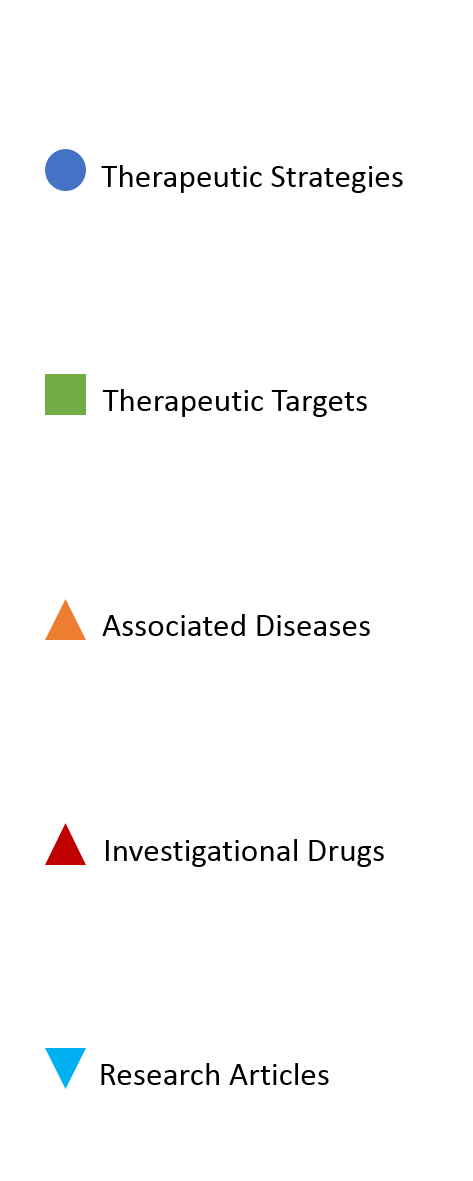Research Article Details
| Article ID: | A05136 |
| PMID: | 33359683 |
| Source: | Free Radic Biol Med |
| Title: | ER stress-induced adipocytes secrete-aldo-keto reductase 1B7-containing exosomes that cause nonalcoholic steatohepatitis in mice. |
| Abstract: | Nonalcoholic steatohepatitis (NASH) is an increasingly prevalent liver disease linked to obesity and associated complications. Endoplasmic reticulum (ER) stress provokes dysfunction in lipid metabolism, which often leads to a progression of obesity-induced hepatic steatosis to NASH. However, the underlying mechanisms in which ER stress in adipose tissue induces hepatic pathology remain elusive. Here, we used male C57BL/6J mice to develop an animal model of NASH induced by a high fat (HFD) diet and methionine- and choline-deficient (MCD) diets. Using a gene-silencing approach with a recombinant lentiviral vector and extensive LC-MS/MS-based proteomics and lipidomics, we demonstrate that the ER stress-induced adipocyte-secreted exosome (ATEx) orchestrates lipid dynamics in the liver. We also noted that ATEx causes hepatic steatosis, inflammation, and fibrosis that lead to NASH through initial accumulation of glycerol and triglycerides in hepatocytes. We also determined that aldo-keto-reductase 1B7 (Akr1b7), a key mediator in liver lipid metabolism, is involved in ATEx-mediated NASH induction. Of note, Akr1b7 deficiency in ER stress-induced ATEx strongly protected the murine liver against HFD and MCD-induced NASH. Our results indicated that ER stress-induced, adipocyte-secreted ATEx triggers NASH by delivering exosomal AKR1B7 to, and elevating glycerol level, in hepatocytes. These findings suggest potential therapeutic strategie that target ATEx to prevent or manage obesity-induced NASH. |
| DOI: | 10.1016/j.freeradbiomed.2020.12.011 |

| Strategy ID | Therapy Strategy | Synonyms | Therapy Targets | Therapy Drugs | |
|---|---|---|---|---|---|
| S02 | Enhance lipid metabolism | triglyceride-lowering; lipid tolerance; lipid metabolism | 3-hydroxy-3-methylglutaryl coenzyme A (HMG-CoA) inhibitor; Decreases intestinal cholesterol absorption; FXR agonist; ACC inhibitor; FAS inhibitor; DGAT2 inhibitor; SCD-1 inhibitor | Atorvastatin; Ezetimibe; Obeticholic Acid; GS-9674; GS-0976; TVB-2640; IONIS-DGAT2rx; Aramchol; | Details |
| S03 | Anti-fibrosis | fibrosis | Angiotensin Receptor Blocker (ARB); CCR2/CCR5 antagonist; Thyroid receptor β agonist; PEGylated human FGF21 analogue; Monoclonal antibody to lysyl oxidase-like 2 (LOXL2); Galectin-3 inhibitor; FGF19 variant | Losartan; Cenicriviroc; VK-2809; MGL-3196; Pegbelfermin; Simtuzumab; GR-MD-02; NGM282 | Details |
| Diseases ID | DO ID | Disease Name | Definition | Class | |
|---|---|---|---|---|---|
| I14 | 9970 | Obesity | An overnutrition that is characterized by excess body fat, traditionally defined as an elevated ratio of weight to height (specifically 30 kilograms per meter squared), has_material_basis_in a multifactorial etiology related to excess nutrition intake, decreased caloric utilization, and genetic susceptibility, and possibly medications and certain disorders of metabolism, endocrine function, and mental illness. https://en.wikipedia.org/wiki/Obesity | disease of metabolism/acquired metabolic disease/ nutrition disease/overnutrition | Details |
